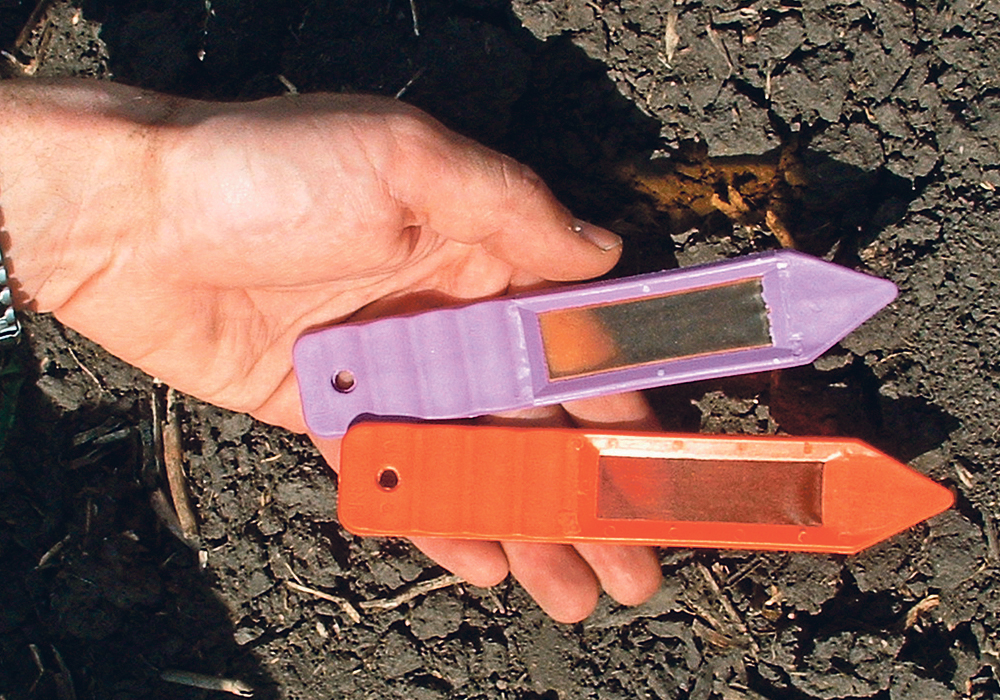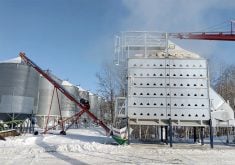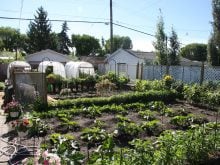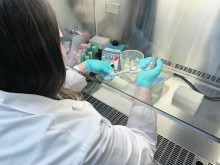Plant Root Simulator delves into mysterious realm of hidden minerals, micronutrients and trendy biological root stimulants
About 10 percent of prairie farmers have begun studying micronutrients and biological agents at work in their soils.
Often, one of their first observations is that there’s a distinct lack of information.
Beginning in the 1940s when commercial fertilizers started to become generally available, the emphasis has been on high volume nitrogen phosphorus and potassium products. Very little attention has been paid to micronutrients, and even less attention was focused on biological activity. These were mysterious caves few people dared enter.
When times are tough and profit margins tight, farmers are tempted to try alternatives to conventional farming, such as biological stimulants designed to foster a bigger root mass. This trend is prompting producers to ask questions they never would have considered 10 years ago, says Ken Greer, head of Western Ag Innovations.
Read Also
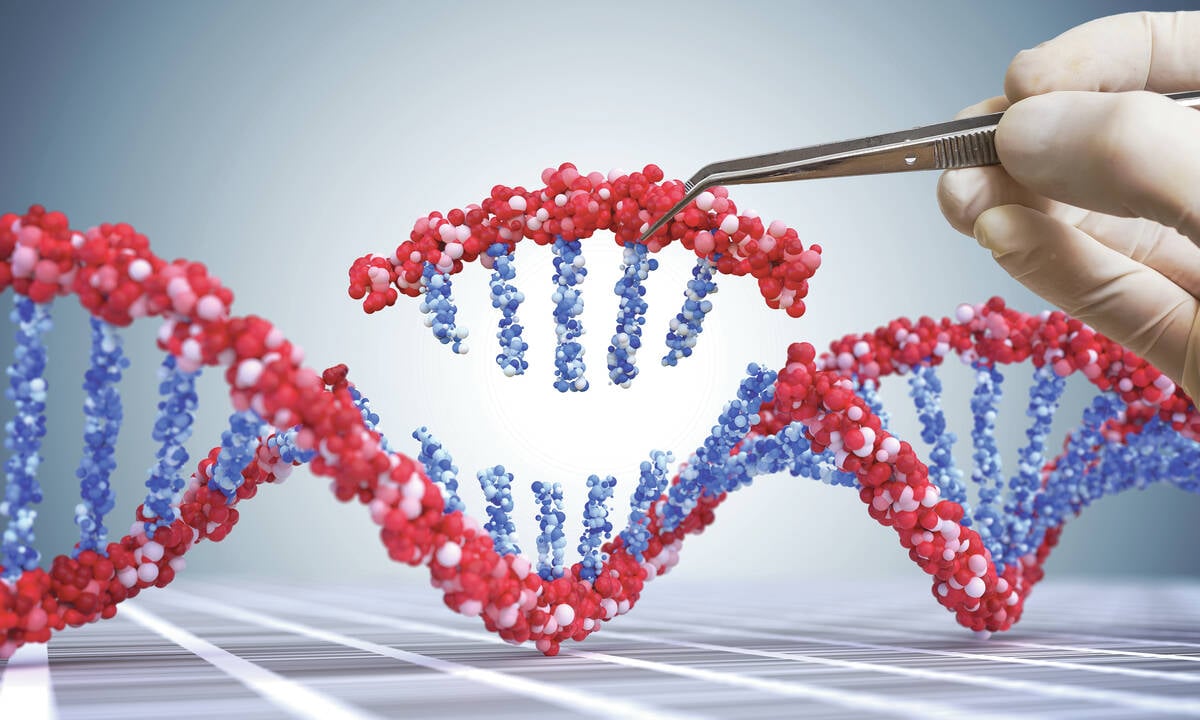
Gene editing digs deeper space in Canadian plant breeding
More Canadian research into crop variety development is incorporating gene editing, and one researcher notes that Canada’s regulatory approach to gene editing will help drive innovation
Western Ag is the sole operator of the Plant Root Simulator (PRS). These purple and orange probes are used to measure negative charge anion nutrients and positive charge cation nutrients. They are used directly in the field by researchers and on farm soil samples incubated in the lab.
As the name implies, they obviously simulate the activity of roots rather than simply measuring extractable nutrients. This provides a better measure of the soil nutrient supply than a conventional chemical soil test. Since Western Ag went into operation in the mid 1990s, PRS probes have generated more than two million data points across the Prairies.
“I’d say lately about 10 percent of our clients have been asking for in-depth information on the interaction of micronutrients, minerals and biological activity in their soil,” Greer said recently in an interview.
“A lot of people don’t realize yet that the Plant Root Simulator is more than just a measure of NPK. The probes absorb all positive and negative nutrients. We routinely analyze for 17 elements and report the 12 essential macro and micronutrients on the PRS CropCaster. The CropCaster provides a wide array of information on what’s in your soil and what’s actually available to the crop roots.
“In soils that are more biologically active, the PRS probe measures an increased supply of micronutrients. So PRS isn’t simply a roots thing. It documents roots interacting with the soil, which increases the supply of micronutrients. If that interaction is taking place, the PRS probes can easily measure it.”
As an example, Greer said that micronutrients move toward the plant roots through the slow process of diffusion. The process is even slower in low temperatures. In his presentations, Greer uses a graphic documenting how cool soil limits the supply of micronutrients a root can access. The PRS shows that cooling the soil from 15 C down to 5 C cuts the supply of micronutrients in half. With iron for instance, the temperature at 15 C has 10 times more iron available to the roots than at 5 C.
“The total area of root surface is also a major factor in determining rate of diffusion. The biological stimulants now being sold commercially claim to promote a more extensive root surface area, which increases the collection of micronutrients.
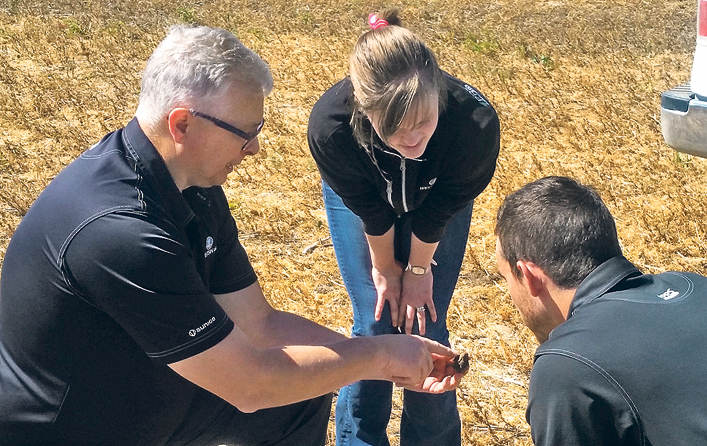
“In the realm of increasing total yield, you don’t need a big shift in micronutrient uptake to see an improvement. The 10-fold increase in micronutrient diffusion caused by a 10 C temperature increase has a huge impact on yield. Unfortunately, warming the soil is beyond our control. But if we have cool soils and we add bio-stimulants to cause the root surface to increase, it may have the same positive impact as having a smaller root system in warm soils.
“Bio-stimulants are all about improving soil biology. The root system collection system is the key biological factor in nutrient uptake. The most likely impact of any bio-stimulants will be on the root surface area and therefore your micronutrients. The PRS probes used to measure micronutrients will let you look at zinc availability. Over the years, the probes have frequently told us that zinc is in low supply in roughly 30 percent of the soils in Western Canada. This is caused by erosion and pulse crop removal.”
Greer said the 30 percent number is higher in crops like barley and corn that use a lot of zinc. In canola, probably 15 percent of prairie soils are zinc deficient. He said that if a bio-stimulant actually contributes to a larger root mass, then crops can have better access to zinc and every other of the 12 essential plant nutrients. In effect, a bio-stimulant overcomes the various deficiencies by improving the roots’ uptake efficiency.
“This is true of deficient soils. But really well-managed soils have adequate or even an abundance of nutrients. The roots deliver everything required for a great crop. On those soils, you can apply all the bio-stimulants you want, and may get no response. That’s because there are no minor deficiencies to overcome.
“But then go to a worn out piece of land that’s been mismanaged for 100 years, and it’s a different story. Apply bio-stimulants to this land, and you are more likely to get a huge response. So let’s apply a soil amendment like biochar. That’s just a type of charcoal that’s rich in carbon and endures in soil for thousands of years. It’s a bio-stimulant that impacts the rate of supply of nutrients to the roots.
“With a Plant Root Simulator probe you can divine out whether a bio-stimulant is affecting rate of supply or is it increasing the root mass? If there is no difference in rate of supply with bio-stimulant in the field, yet plants uptake more nutrient, then process of deduction tells us the amendment must be improving root collection. We measure all these things.”
Greer’s research shows that in biologically active soil systems, the PRS probes indicates there is both an increased supply and root enhancement. Roots interacting with the soil increases the supply. The root surface area is definitely the impacting component.
“That’s the short explanation of how we’re using our PRS probes to divine out the efficacy of the bio-stimulants farmers are now buying,” he said.


